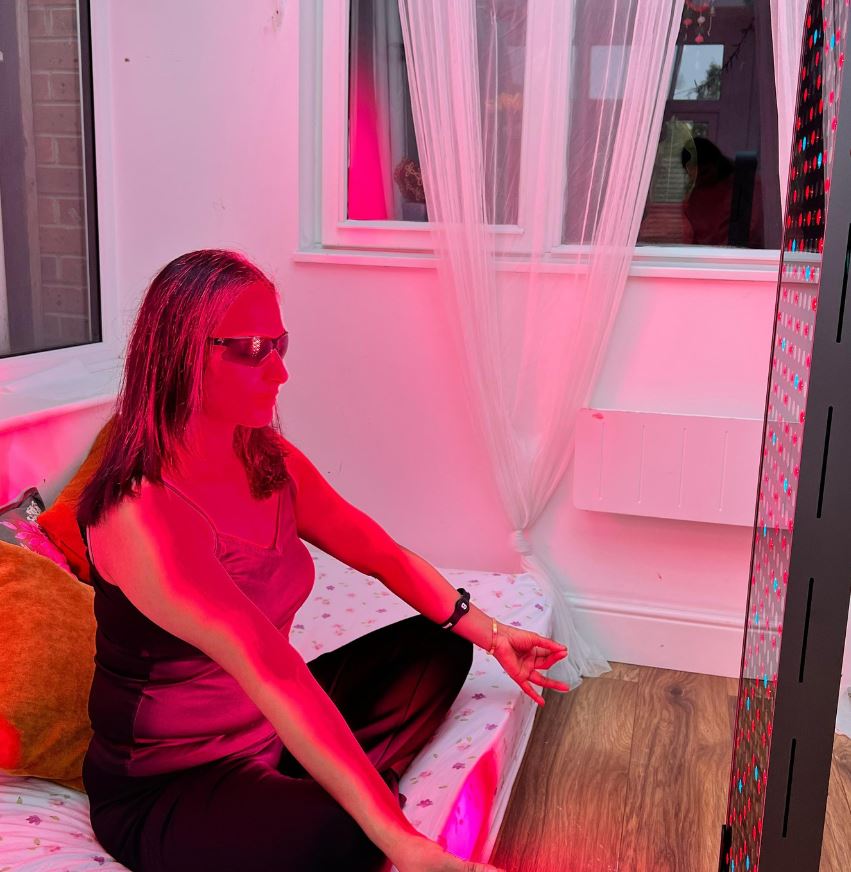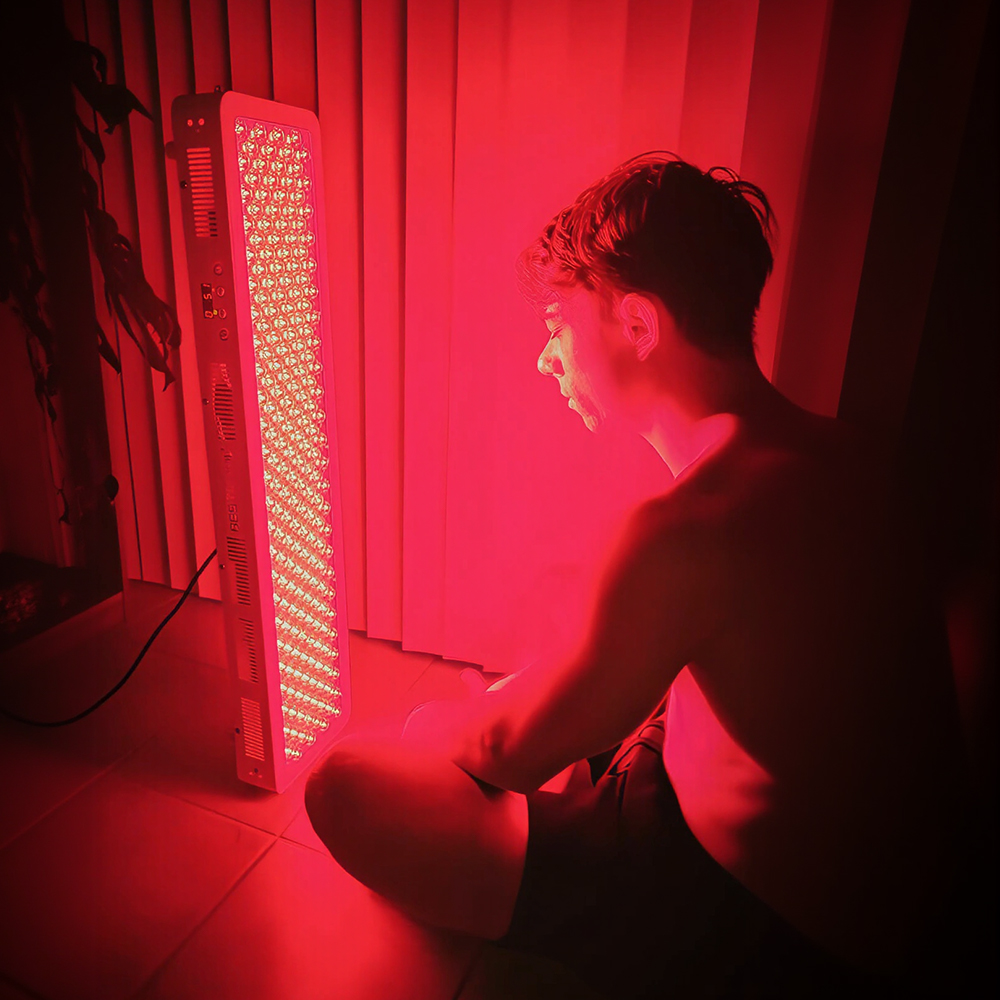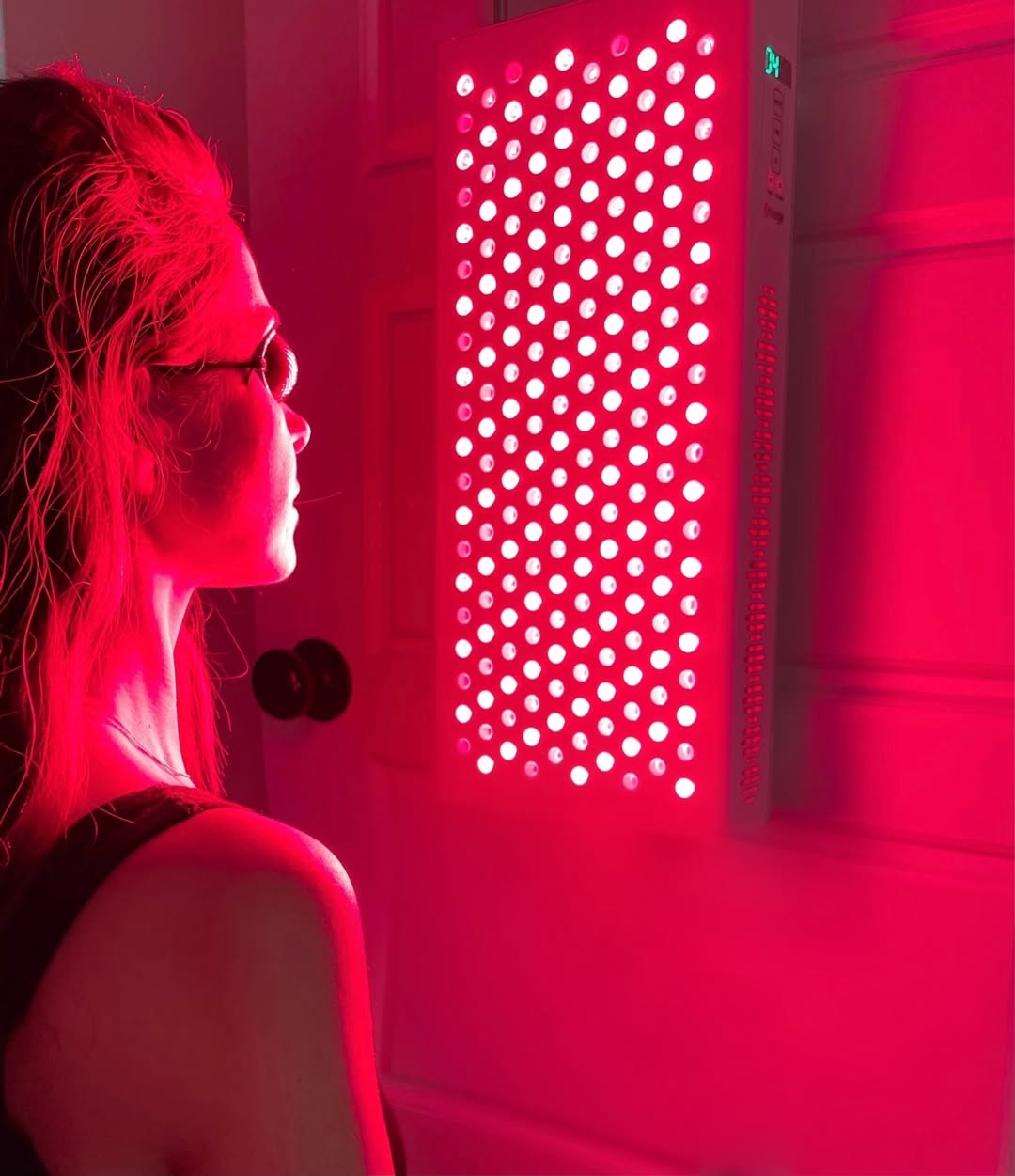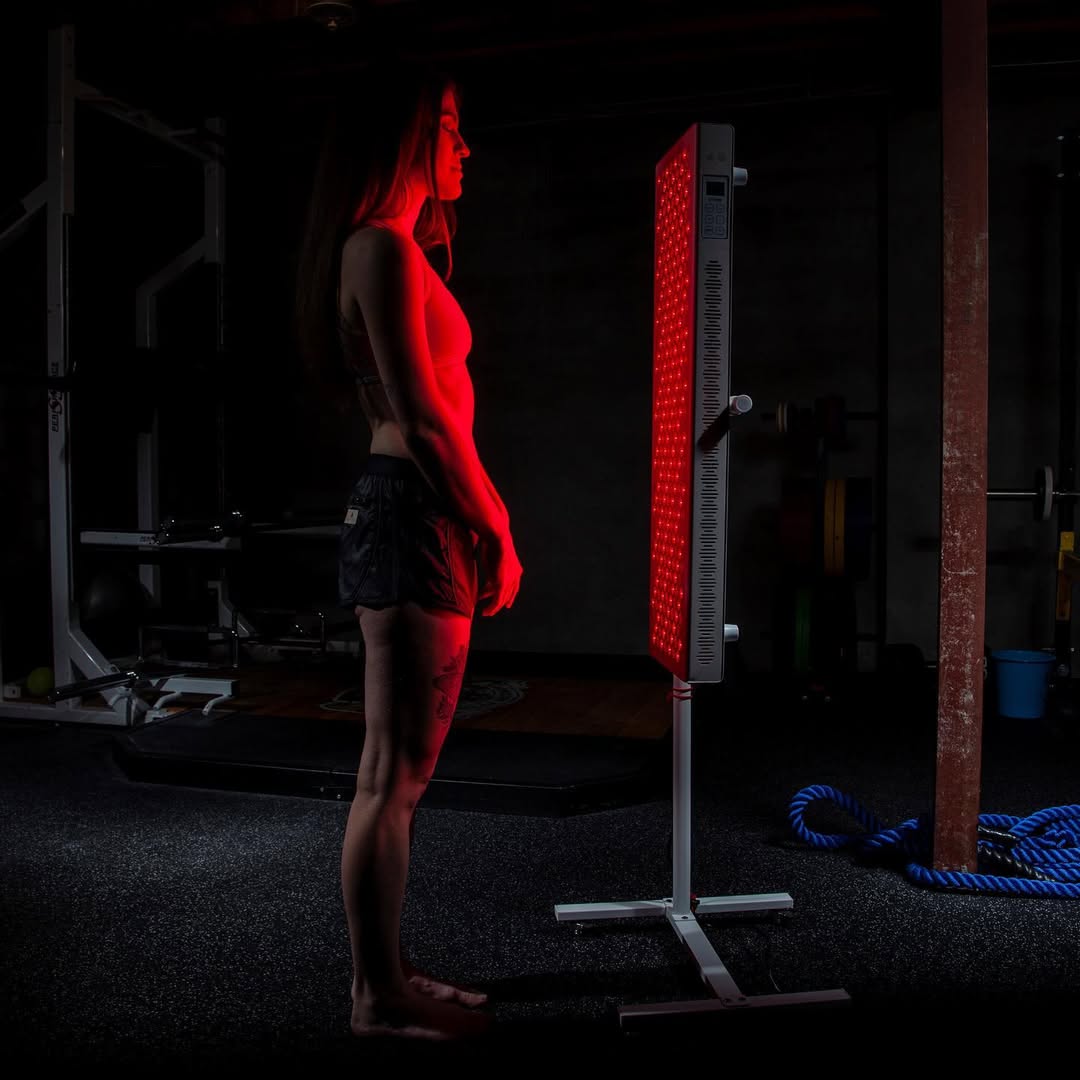![]() Free Shipping
Free Shipping ![]() Buy Now, Pay Later
Buy Now, Pay Later ![]() Eligible
Eligible
How to Use Red Light Therapy for Eustachian Tube Dysfunction: A Comprehensive Guide

Eustachian Tube Dysfunction (ETD) is a common yet frustrating condition that affects millions of people worldwide. Symptoms like ear fullness, muffled hearing, popping sensations, and even pain can significantly impact daily life. While traditional treatments such as decongestants, nasal sprays, and surgical interventions exist, many people are turning to red light therapy (RLT) as a natural, non-invasive alternative.
But does red light therapy really help with ETD? And if so, how can you use it effectively? In this in-depth guide, we’ll explore the science behind red light therapy, its potential benefits for Eustachian Tube Dysfunction, and practical ways to incorporate it into your treatment plan.
Understanding Eustachian Tube Dysfunction (ETD)
Before diving into red light therapy, it’s essential to understand what ETD is and why it occurs.
What is the Eustachian Tube?
The Eustachian tube is a small canal that connects the middle ear to the back of the throat. Its primary functions include:
- Equalizing pressure between the middle ear and the environment
- Draining fluids from the middle ear
- Protecting the ear from infections
What Causes ETD?
When the Eustachian tube becomes blocked or fails to open properly, it leads to dysfunction. Common causes include:
- Allergies (swelling of nasal passages)
- Colds & Sinus Infections (mucus buildup)
- Air Pressure Changes (flying, diving)
- Chronic Inflammation (from conditions like GERD or autoimmune diseases)
Symptoms may include:
- Ear pressure or fullness
- Popping or clicking sounds
- Muffled hearing
- Pain or discomfort
- Tinnitus (ringing in the ear)
Conventional treatments (like nasal steroids or ear tubes) can help, but they don’t always address the root cause—inflammation and poor circulation. This is where red light therapy comes in.
What is Red Light Therapy (RLT)?
Red light therapy, also known as low-level laser therapy (LLLT) or photobiomodulation (PBM), involves exposing the body to specific wavelengths of red and near-infrared (NIR) light. These wavelengths penetrate the skin and tissues, stimulating cellular repair and reducing inflammation.
How Does Red Light Therapy Work?
RLT works by:
- Boosting Mitochondrial Function – Enhances ATP (energy) production in cells, speeding up healing.
- Reducing Inflammation – Lowers pro-inflammatory cytokines, helping with swelling and pain.
- Improving Circulation – Increases blood flow, which can help open up the Eustachian tube.
- Promoting Lymphatic Drainage – Assists in clearing fluid buildup in the ears.
Scientific Evidence Supporting RLT for ETD
While direct studies on RLT for ETD are limited, research shows promising results for related conditions:
- A 2015 study in Lasers in Medical Science found that RLT reduced inflammation in sinusitis, a condition often linked to ETD.
- Research in Otolaryngology suggests RLT improves middle ear function by enhancing blood flow and reducing edema.
- Studies on lymphedema and wound healing demonstrate RLT’s ability to reduce fluid retention—a key factor in ETD.
Given these benefits, it’s reasonable to explore RLT as a complementary treatment for ETD.
VELLGUS Elite V2
THE #1 RATED RED LIGHT DEVICE
VELLGUS pro V2
THE #1 RATED FULL BODY RED LIGHT DEVICE
How to Use Red Light Therapy for Eustachian Tube Dysfunction
If you’re considering RLT for ETD, here’s a step-by-step guide to using it effectively.
1. Choose the Right Red Light Device
Not all red light devices are the same. For ETD, you’ll want:
- Wavelengths between 630-850 nm (red and near-infrared for deeper penetration)
- An FDA-cleared medical-grade device (for safety and efficacy)
- Handheld or panel-style devices (for targeted application)
Popular options include:
- Joovv (panels for full-body treatment)
- Mito Red Light (portable and powerful)
- Handheld devices like Red Light Man (for precise application)
2. Apply Red Light to Key Areas
Since the Eustachian tube is located near the ear and nasal passages, focus on:
- Behind the Ear (mastoid bone area)
- The Side of the Neck (near the jawline)
- The Nasal & Sinus Area (to reduce congestion)
Recommended Protocol:
- Duration: 5-10 minutes per area
- Distance: 6-12 inches from the skin
- Frequency: 3-5 times per week (or daily for acute symptoms)
3. Combine with Other Natural Remedies
For best results, pair RLT with:
- Steam Inhalation (with eucalyptus oil to open nasal passages)
- Nasal Irrigation (using a neti pot with saline solution)
- Gum Chewing or Yawning (to manually open the Eustachian tube)
- Anti-Inflammatory Diet (reduce dairy, sugar, and processed foods)
4. Track Your Progress
Keep a journal to monitor:
- Changes in ear pressure
- Hearing clarity
- Frequency of popping/clicking
- Pain levels
Improvements may take a few weeks of consistent use.
Potential Risks & Considerations
Red light therapy is generally safe, but consider the following:
- Avoid Direct Eye Exposure – Use protective goggles if treating near the eyes.
- Start with Shorter Sessions – Gradually increase time to avoid overstimulation.
- Consult a Doctor if Symptoms Worsen – Persistent ETD may require medical intervention.
Final Thoughts: Is Red Light Therapy Worth Trying for ETD?
While more research is needed, red light therapy offers a drug-free, non-invasive, and scientifically backed approach to managing Eustachian Tube Dysfunction. By reducing inflammation, improving circulation, and promoting healing, RLT may provide relief where other treatments fall short.
If you’ve struggled with chronic ear pressure, clogged ears, or recurrent ETD, red light therapy could be a game-changer. Start with a high-quality device, follow a consistent protocol, and combine it with other natural remedies for the best results.
Have you tried red light therapy for ETD? Share your experiences in the comments below!
References:
- Hamblin, M. R. (2017). Mechanisms and applications of the anti-inflammatory effects of photobiomodulation. AIMS Biophysics.
- Bjordal, J. M. (2015). Low-level laser therapy for sinusitis. Lasers in Medical Science.
- American Academy of Otolaryngology. Eustachian Tube Dysfunction Guidelines.








